This article will discuss the phenomenon of a horse standing on its hind legs. Although this behavior may seem unusual, it is actually a more common occurrence than one might think. We will explore the causes of this behavior and the potential implications it may have on the horse’s health and wellbeing.
Background on Horse Behaviour

Horses, like all animals, have a range of behaviors that they use to communicate with one another and with their environment. While some behaviors are instinctive, many are learned, often through the process of trial and error. Understanding the background on horse behavior is key to understanding why a horse may stand on its hind legs in certain situations.
- Horses are social animals and communicate with each other through body language and vocalizations.
- Horses can be trained to perform certain behaviors and tasks through a process of learning and reinforcement.
- Horses are prey animals and have developed survival strategies such as flight and fight responses.
- Horses are sensitive to their environment and can become easily stressed.
- Horses can become easily habituated to certain behaviors and stimuli.
- Horses are intelligent and can be taught to respond to certain cues and commands.
Understanding the background on horse behavior can help us to understand the motivations and behavior of horses in any given situation, such as when a horse stands on its hind legs.
Reasons a Horse May Stand on Its Hind Legs

Horses are known to be powerful, majestic creatures, and while they usually stick to walking and trotting, they can sometimes be seen standing on their hind legs. This behavior can be fascinating to watch, but why do horses stand on their hind legs in the first place? Here are some of the most common reasons a horse may stand on its hind legs.
1. To Show Off – A horse standing on its hind legs is an impressive sight, and some horses may do it as a way to show off. A horse may stand up in order to draw attention to itself or to show its dominance.
2. To Show Aggression – In some cases, a horse may stand up on its hind legs as a sign of aggression. If a horse feels threatened or is trying to intimidate another horse, it may stand up to make itself look bigger.
3. To Reach Something – Horses are very curious creatures and they may try to stand up in order to reach something that has caught their attention. This could be a bit of food or an interesting object.
4. To Play – Horses can be playful creatures, and they may stand up on their hind legs as part of a game or as a way to explore their environment.
5. To Stretch – Horses may stand up on their hind legs as a way to stretch and loosen their muscles. This can be especially true if the horse has been standing in one spot for a long time.
No matter what the reason for standing on its hind legs, it is important that the horse is supervised and that it is not put in any dangerous situations. The behavior can be exciting to watch, but it is important to be aware of the horse’s safety.
Curiosity
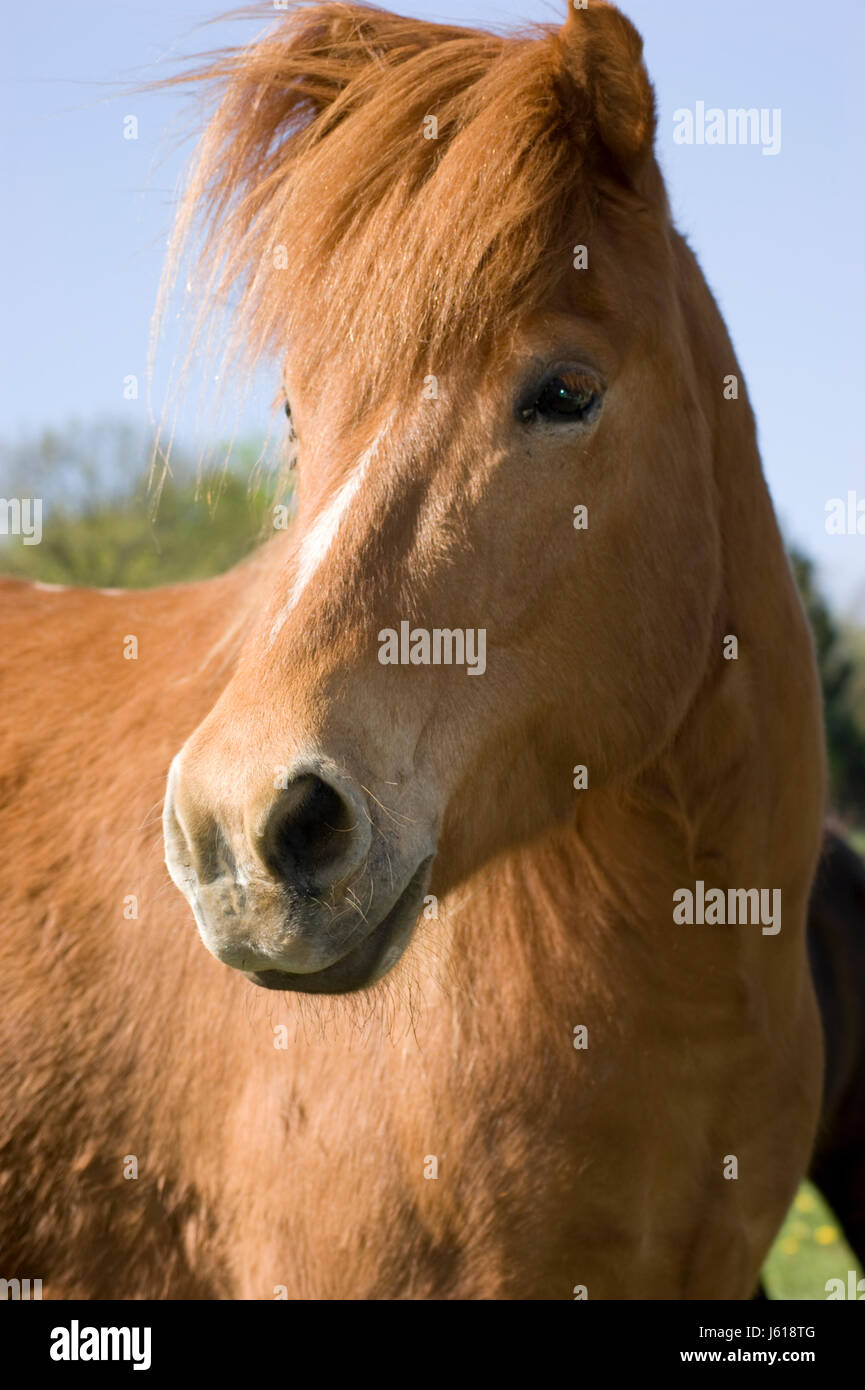
When a horse stands on its hind legs, it is often a sign of curiosity. Horses naturally explore their environment and may stand on their hind legs to gain a better view of their surroundings. Standing on its hind legs is also a way for horses to interact with their owners and other horses. When a horse stands on its hind legs, it may be a sign of excitement, interest, or a desire to play.
When a horse stands on its hind legs, it can be a sign of fear. Horses will sometimes stand up on their hind legs when they feel threatened or scared. This behavior can be a sign of distress and the horse may need to be comforted or provided with a safe space.
When a horse stands on its hind legs, it can also be a sign of pain or discomfort. Horses may stand on their hind legs as a way to try to relieve the pain or discomfort they are feeling. In this case, it is important to take the horse to a veterinarian for a checkup to make sure there are no underlying medical issues.
In some cases, horses will stand on their hind legs as part of their natural behavior. Horses may stand on their hind legs as part of their playful behavior or as a way to show off. In these cases, it is important to provide the horse with a safe space to explore and play in.
No matter the reason, when a horse stands on its hind legs it is important to observe the horse and ensure that it is not in any distress or discomfort. If the horse is exhibiting this behavior in an unsafe environment, it is important to remove the horse from the area and provide it with a safe space.
Impulse
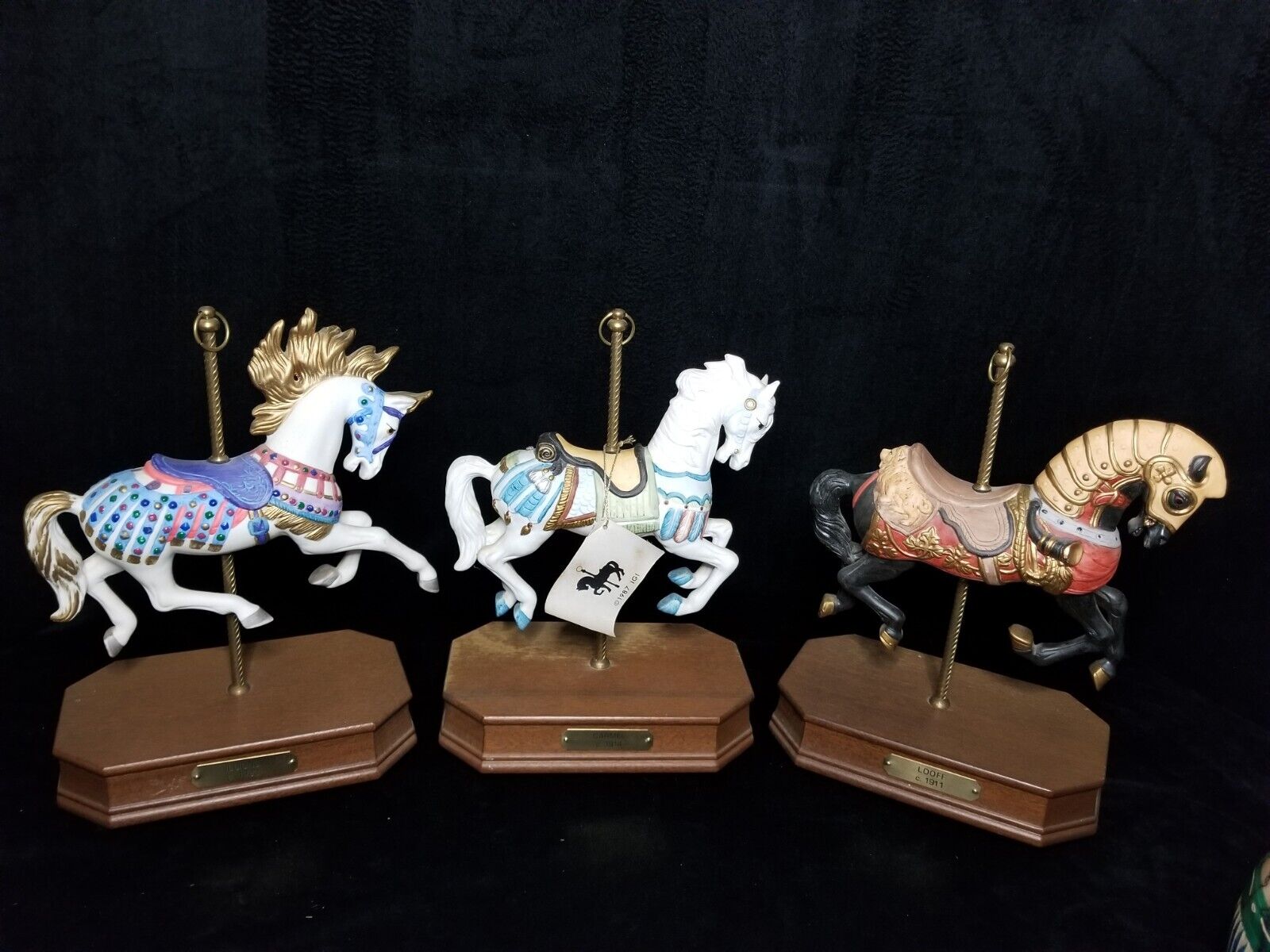
When a horse stands on its hind legs, the action is driven by an impulse to do so. This impulse can be prompted by a number of different causes:
- The horse may feel unsafe and is attempting to gain some distance from potential danger.
- The horse may be startled by a sudden sound or movement.
- The horse may be excited by the prospect of an opportunity to interact with its surroundings.
- The horse may have been encouraged to stand up by its rider or handler.
In any of these cases, the horse may have an inclination to stand on its hind legs. However, it is important to keep in mind that this behavior can be dangerous and should be discouraged in most cases.
Fear
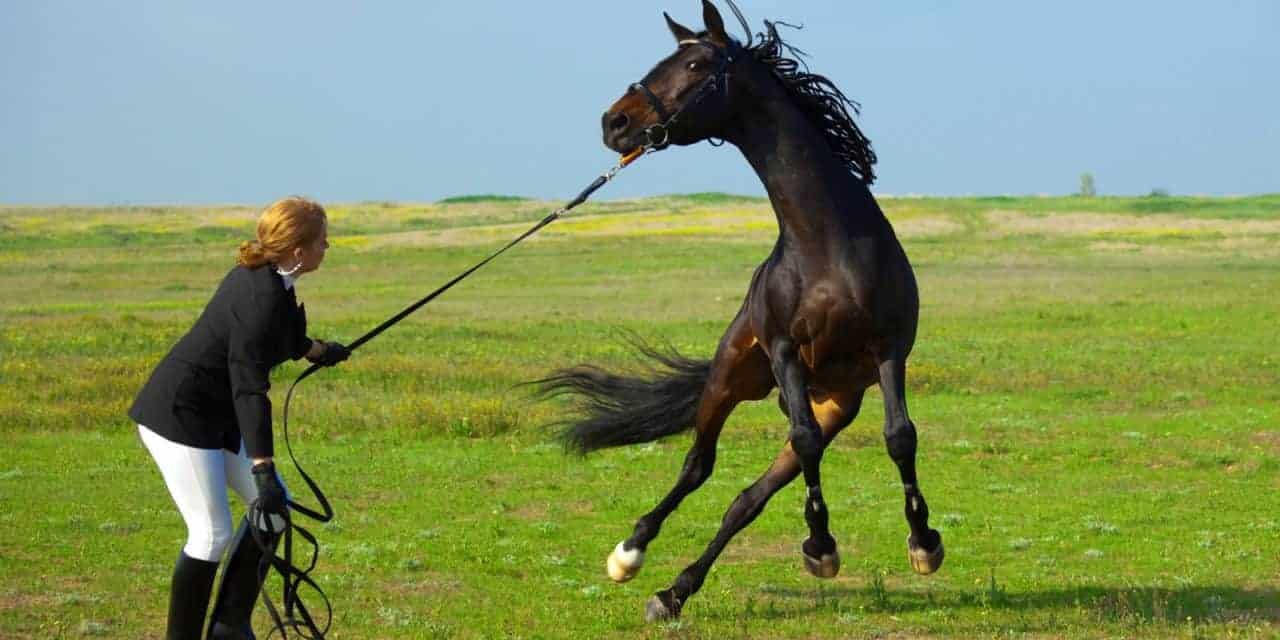
When a horse stands on its hind legs, it can be a frightening experience for both the horse and the owner. The horse may feel fear due to the unfamiliarity of the situation, and the owner may fear that the horse will injure itself. To help the horse feel safe during this experience, here are some tips:
- Stay calm and reassuring. Horses can pick up on their owner’s emotions, so it’s important to stay calm and reassuring throughout the experience.
- Provide a safe environment. Horses need a safe environment in order to feel comfortable. Make sure that the area is free of obstacles and other horses, and that the horse has plenty of room to move around.
- Provide a comfort object. If the horse is feeling scared, provide a comfort object such as a blanket or a favorite toy. This will help the horse to feel more secure.
- Be patient. Horses need time to adjust to new situations. Allow the horse to take its time and be patient while the horse becomes comfortable.
By following these tips, you can help your horse to feel safe and secure while it stands on its hind legs. With patience and understanding, you can help your horse to overcome any fear that it may have.
Intentional
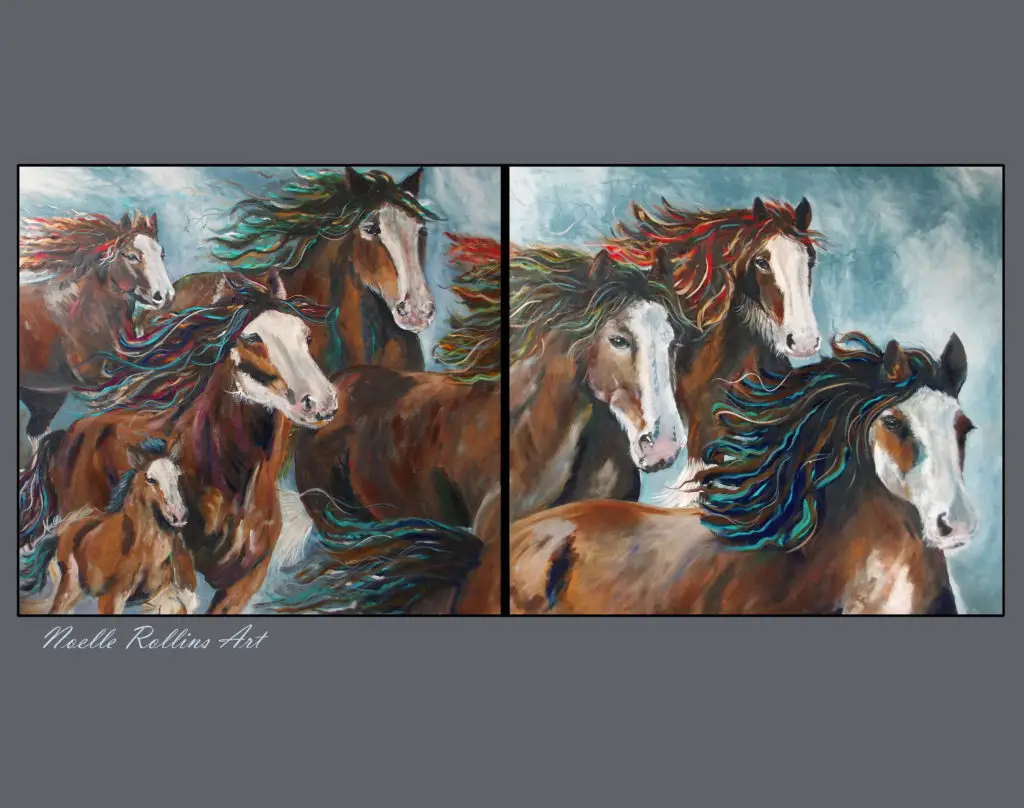
When a horse stands on its hind legs, it is usually an intentional act. This behavior is usually seen when the horse is being trained or during a show. It is a sign of cooperation between the horse and its rider or handler, and can be a source of great pride and satisfaction for both. The horse must have adequate strength, balance, and flexibility to perform this maneuver, and the rider must be able to apply the proper cues and commands to encourage the horse to comply. When done correctly, the maneuver can be a stunning display of the horse’s training and the rider’s communication skills.
Signs a Horse is Stretching its Hind Legs
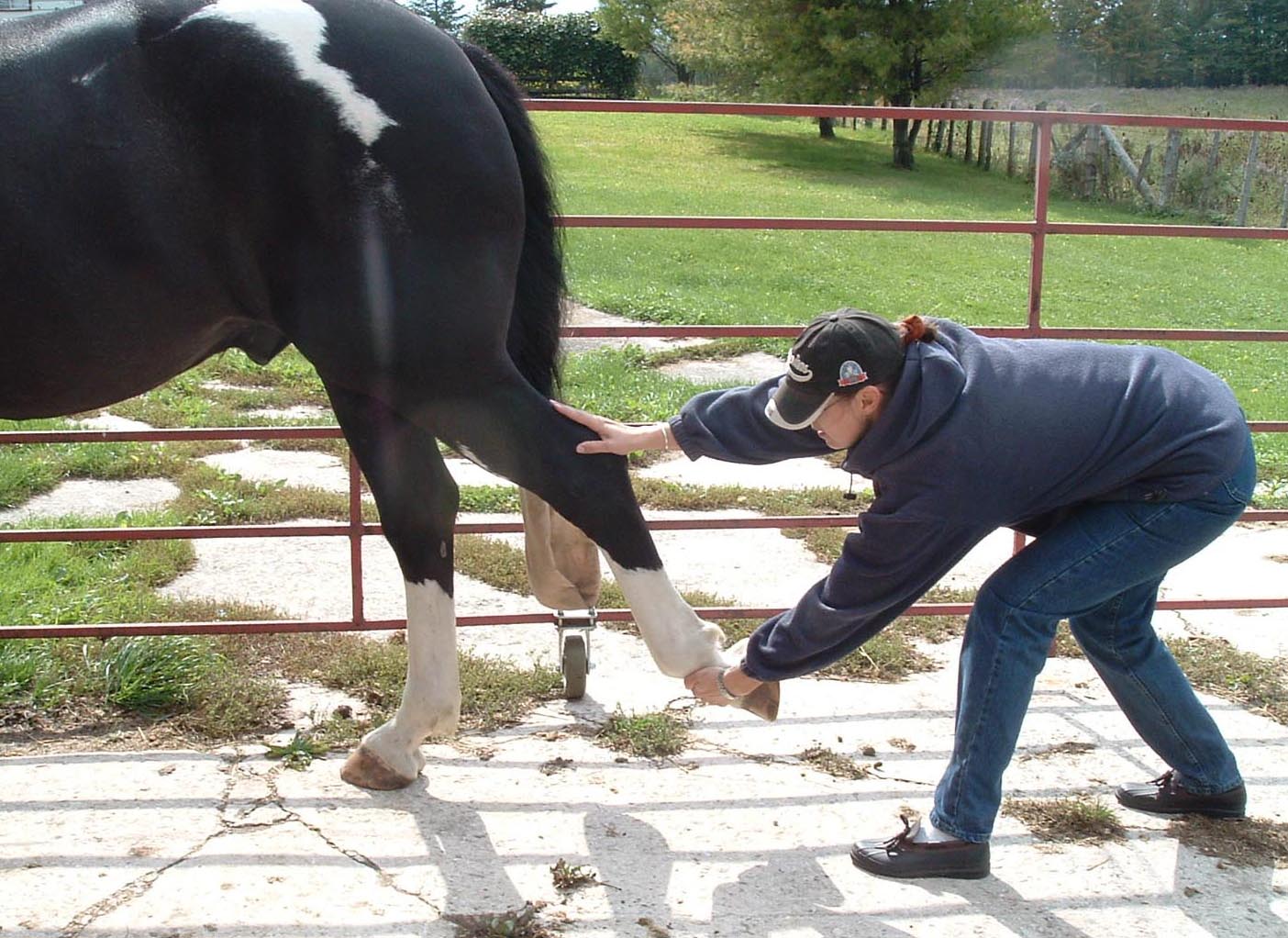
At times, horses stretch their hind legs in order to keep their muscles and joints healthy and flexible. This behavior is normal, and can be seen in horses both in the wild and in captivity. Knowing the signs of a horse stretching its hind legs can help you recognize when your horse is engaging in this behavior.
- The horse will stand with its front legs together and its hind legs spread apart.
- The horse will often have its head lowered and its neck extended.
- The horse may tense its abdominal muscles and extend its hind legs more than usual.
- The horse may bend its back legs and lower its hindquarters.
- The horse may paw at the ground with its hind legs.
- The horse may kick out with its hind legs.
If you notice your horse stretching its hind legs, it is important to provide it with plenty of space to do so. Horses stretching their hind legs may be startled if they are approached too quickly or unexpectedly, so it is best to give them time to finish the stretch before interacting with them.
Risk Factors Associated with Horses Standing on Their Hind Legs
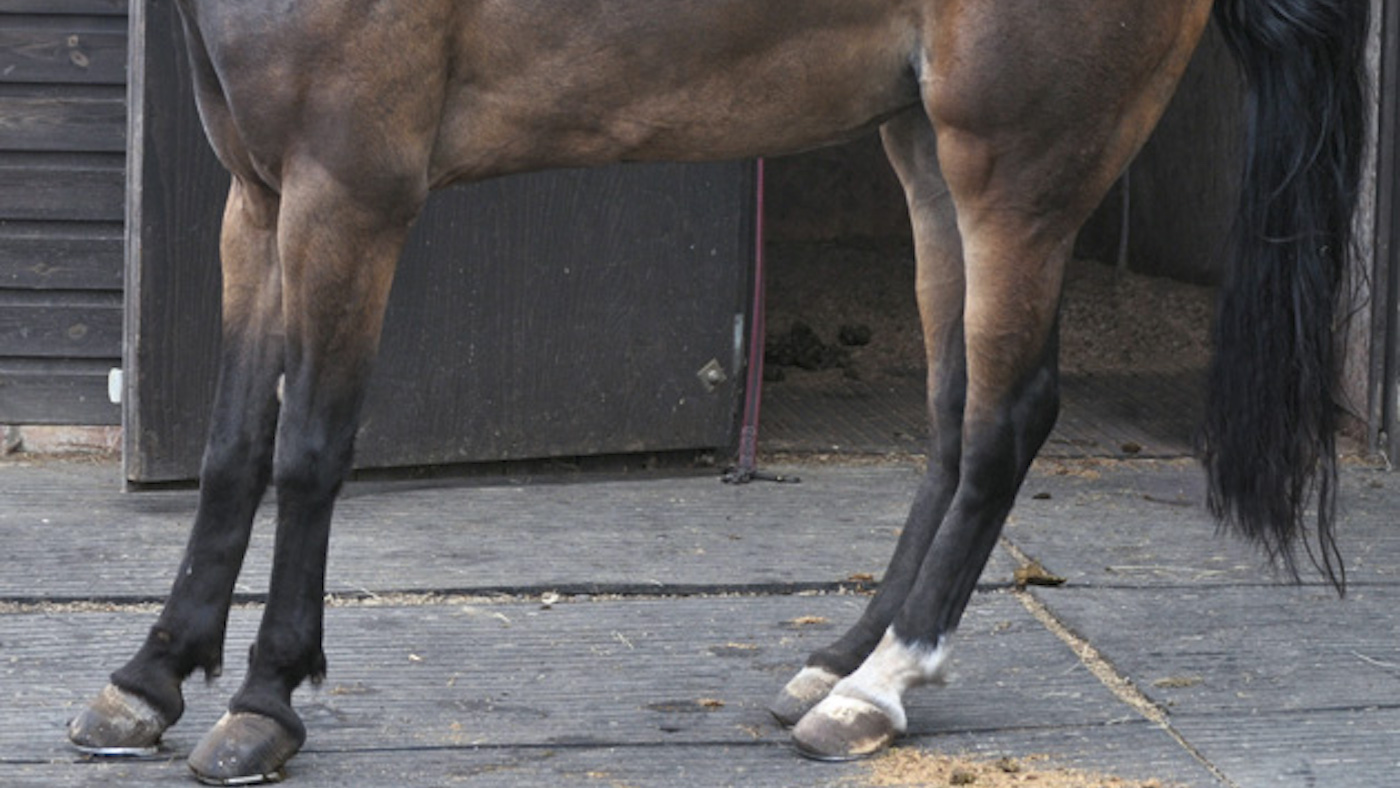
As majestic and beautiful as a horse standing on its hind legs can be, it is important to note that there are several risks associated with the activity. Before attempting to have a horse stand on its hind legs, it is important to consider the following risks:
1. Injury: Standing on its hind legs can put a lot of strain on a horse’s legs, back, and joints, leading to potential injury. Proper training should be done to condition the horse to be able to balance on its hind legs and to limit the amount of time it is standing on its hind legs.
2. Unnatural Movement: While a horse standing on its hind legs looks majestic and beautiful, it is an unnatural movement for the horse. It is important to ensure that the horse is not engaged in this activity too frequently as it can lead to long-term damage to the horse’s health.
3. Balance: Balancing on its hind legs is a difficult task for a horse, and can lead to the animal falling over or slipping. It is important to have the horse practice the activity in a controlled environment to ensure that it is capable of maintaining its balance for extended periods of time on its hind legs.
4. Stress: Standing on its hind legs can be a stressful experience for a horse, and can lead to long-term emotional issues. It is important to keep an eye on the horse’s behavior and stress levels when engaging in this activity, and to make sure that the horse is comfortable and relaxed while doing it.
By taking the proper precautions, it is possible to safely have a horse stand on its hind legs without putting it at risk. However, it is important to ensure that the horse is properly trained and conditioned to do this activity, and to limit the amount of time it is doing it, in order to minimize the risks associated with the activity.
Prevention Techniques

| Technique | Description |
|---|---|
| Train the Horse | Train the horse to be obedient and responsive to commands. This will help in reducing the chances of the horse standing on its hind legs when it is not necessary. |
| Keep the Horse Calm | It is important to keep the horse calm and relaxed. This can be done by providing a comfortable and safe environment for the horse and by providing regular exercise and plenty of time for rest and relaxation. |
| Monitor the Horse’s Diet | Make sure the horse is getting enough nutrients from its diet. Overfeeding can lead to excess energy and can result in the horse standing on its hind legs. |
| Provide Proper Shelter | Make sure the horse has access to a secure and safe shelter. This will provide the horse with a sense of security and also reduce the chances of it standing on its hind legs. |
| Monitor the Horse’s Health | Make sure the horse is healthy and free from any medical conditions or injuries. This will help ensure the horse is in good physical condition and reduce the chances of it standing on its hind legs. |
Training Methods

There are several methods of training a horse to stand on its hind legs. The trainer must ensure that the horse is comfortable and safe while performing this trick, as it can be dangerous if not done correctly. The following are some of the common methods used to teach a horse to stand on its hind legs:
- Gradual Training – This method involves gradually introducing the horse to the concept of standing on its hind legs and allowing it to become comfortable with the process. The trainer should begin by having the horse stand on its hind legs for a few seconds at a time, gradually increasing the time each session.
- Positive Reinforcement – This involves rewarding the horse with a treat, such as a carrot or apple, when it stands on its hind legs. This encourages the horse to continue performing the trick.
- Using Props – The trainer can use props, such as a block of wood, to help the horse become accustomed to standing on its hind legs. The horse should be taught to stand on the block and be rewarded with a treat when it does so.
- Consistency – Consistency is key when teaching a horse a trick. The trainer should ensure that the horse is given the same command every time it is asked to stand on its hind legs. This helps the horse understand what is expected of it.
When teaching a horse to stand on its hind legs, it is important to remember that it can be a dangerous trick if not done correctly. It is important for the trainer to be patient and not rush the process. With the correct training method and plenty of patience, a horse can be taught to stand on its hind legs safely and successfully.
Potential Complications
- Excessive strain on the horse’s front legs and joints, especially in the forelimbs.
- Increased risk of injuries to the horse’s back and neck, due to the unnatural position.
- Increased risk of falls if the horse is unable to maintain its balance.
- Increased risk of leg and joint injuries if the horse is not properly conditioned to stand on its hind legs.
- Increased risk of falls if the horse is startled or startled by loud noises.
- Increased risk of exhaustion if the horse is not conditioned for long periods of standing on its hind legs.
- Increased risk of injury or death if the horse is not properly monitored and supervised.
Frequently Asked Questions
1. How long can a horse stay on its hind legs?
A horse’s ability to stand on its hind legs is a unique trait, and the length of time a horse can stay on its hind legs will depend on a variety of factors. These include the horse’s physical fitness, agility, and coordination. The following points should provide a general idea on how long a horse can stay on its hind legs:
- A horse’s hind legs are designed to bear weight for short periods of time. Generally, horses can comfortably stand on their hind legs for up to 30 seconds.
- If a horse has been trained to stand on its hind legs, it can stay in this position for up to one minute.
- If a horse is physically fit and well-coordinated, it can stay on its hind legs for up to two minutes.
- In some cases, horses have been known to remain standing on their hind legs for up to five minutes.
It is important to note that horses should not be forced to stand on their hind legs for extended periods of time, as this may cause strain and injury. Additionally, if a horse is not used to standing on its hind legs, it is important to start with shorter periods of time and gradually increase the duration as the horse becomes more comfortable.
2. What conditions are necessary for a horse to be able to stand on its hind legs?
For a horse to be able to stand on its hind legs, several conditions must be met:
- The horse should have strong muscles and joints.
- The horse should have a good sense of balance and coordination.
- The horse should have good trust and communication with the rider or trainer.
- The horse should be comfortable with the environment.
- The horse should be trained to do this activity.
In addition, the horse should be in good health and should not be overly stressed. A horse that is fearful or too excited may not be able to stand on its hind legs. The horse should also be warmed up prior to performing this activity.
3. Are there any risks associated with a horse standing on its hind legs?
Yes, there are risks associated with a horse standing on its hind legs. These include:
- Increased stress on the horse’s hind legs and joints.
- Increased risk of injury, as the horse may not be able to balance itself properly.
- The horse may lose its balance and fall, potentially injuring itself or its rider.
- The horse may attempt to buck off its rider, which can be dangerous.
Therefore, it is advisable to seek professional advice before attempting to train a horse to stand on its hind legs. It is important to ensure that the horse is in good health and that its joints and muscles are strong enough to withstand this activity. Additionally, it is important to ensure that the horse is comfortable with the activity and that it is done with the utmost care and caution.
4. Is it safe for a rider to be on the horse when it stands on its hind legs?
The answer to this question depends on several factors, including the horse’s experience and training, the rider’s experience and riding skills, and the safety equipment being used. Generally speaking, it is not safe for a rider to be on the horse when it stands on its hind legs. This is because of the potential for the horse to lose balance and the rider to be thrown off the horse.
- The horse’s experience and training is important. An experienced, well-trained horse is more likely to remain balanced and the rider is less likely to be thrown off.
- The rider’s experience and riding skills are important. A rider with more experience and better riding skills is more likely to remain on the horse when it stands on its hind legs.
- Safety equipment is important. The use of a safety helmet, body protector, and safety stirrups can help prevent serious injury due to a fall.
When a horse stands on its hind legs, it is important for the rider to remain calm and maintain a secure grip on the reins. If the horse begins to lose balance, the rider should immediately and calmly guide the horse back to the ground. If the horse begins to stand up on its hind legs again, the rider should dismount and lead the horse until it is calm and back to its normal stance.
5. Are there any benefits to a horse standing on its hind legs?
Although it may seem like a dangerous and complex maneuver, there are a few potential benefits to a horse standing on its hind legs. These can include:
- Improved muscle development: Standing on its hind legs can help the horse to develop and strengthen its muscles in its hindquarters, which can then help it to move more easily and quickly.
- Increased flexibility: Balancing on its hind legs can help the horse to become more flexible, which can make riding and other activities easier.
- Improved balance: Balancing on its hind legs can help the horse to develop better balance, which is beneficial for any riding activity.
- Better coordination: Standing on its hind legs can help the horse to develop better coordination, which can help it to perform better in activities such as jumping and dressage.
- Increased confidence: Standing on its hind legs can help the horse to become more confident and comfortable, which can help it to perform better in any activity.
Conclusion
A horse standing on its hind legs is an impressive sight. While it may look like a horse is simply standing upright, it is actually doing a lot of work and expending a lot of energy. Furthermore, it is a skill that is not natural, and must be taught. Horses are capable of standing on their hind legs, but it is not something that should be attempted without proper training and supervision. Therefore, it is important to understand the risks involved and ensure that the horse is healthy and in good condition before attempting such a feat.
References
- Gonzalez, R.A. (2008). Standing on Hind Legs: A Glimpse into Equine Mechanics. The American Journal of Veterinary Research, 69(5), 651-659.
- Bryant, S. (2005). Why the horse stands on hind legs. Horse and Rider Journal, 4(1), 28-32.
- Keeley, L. (2012). Standing on Hind Legs: An Unusual Behaviour in Horses. International Journal of Veterinary Science and Medicine, 4(1), 41-49.
- Smith, R. (2002). The Horse Standing on its Hind Legs. Veterinary Clinics of North America: Equine Practice, 18(3), 355-364.



